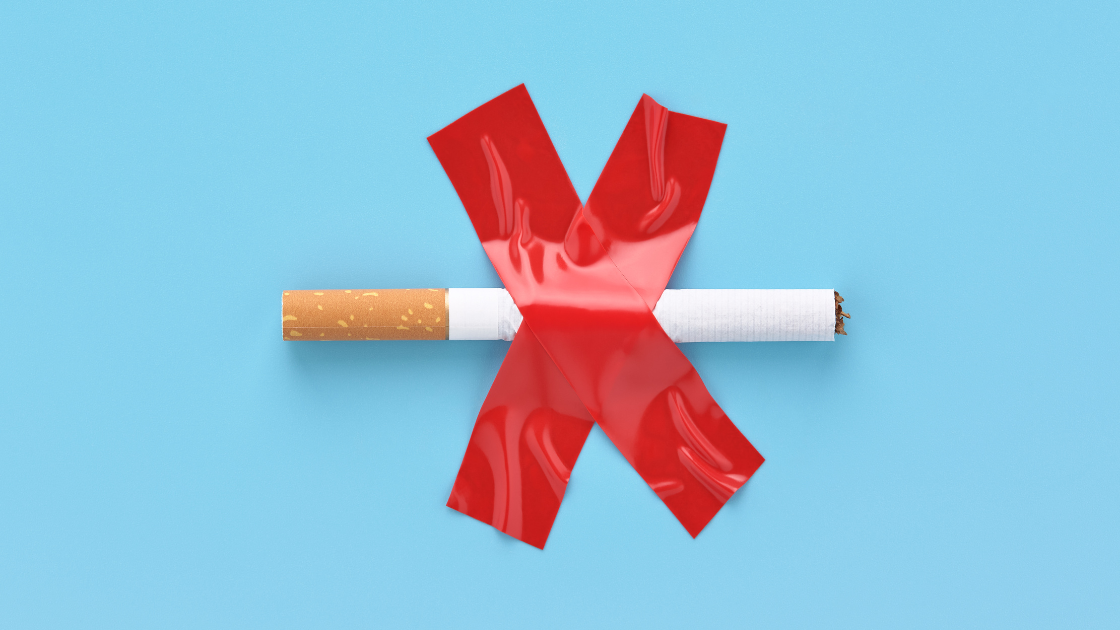Breath of Danger: The Invisible Harm

Today, we all know smoking is bad. But second-hand smoke is a big problem. It harms people who don’t smoke but breathe in tobacco smoke. This is a big worry for public health and personal safety.
Passive smoking happens when non-smokers breathe in smoke from burning tobacco. This smoke can come from the burning tobacco itself or from the smoker’s exhaled breath. This hidden danger can badly affect people’s health, especially in crowded cities like Singapore. We need to work on improving indoor and outdoor air quality to keep our community healthy.
Key Takeaways
- Passive smoking poses significant health risks to non-smokers, including increased risk of respiratory diseases, cardiovascular complications, and cancer.
- Understanding the sources and impact of indoor and outdoor air pollution is crucial for addressing air quality-related health concerns.
- Regular full body screening in Singapore and health screenings can help detect and prevent air quality-related health issues early on.
- Developing effective prevention strategies and embracing modern technology solutions for air quality monitoring are essential for improving public health.
- Singapore’s air quality standards and regulations play a crucial role in safeguarding the well-being of its citizens.
Understanding Indoor Air Pollution: A Silent Health Threat
In our modern world, the air we breathe indoors is a big worry. While we often talk about outdoor pollution, indoor pollution is often ignored. This hidden danger can harm our health, especially in places like Singapore where health screening SG and full body screening packages are key.
Common Sources of Indoor Air Pollutants
Many things can make indoor air bad, including:
- Household cleaning products and chemicals
- Cooking fumes and emissions from gas stoves
- Mold and mildew growth
- Dust, pet dander, and other allergens
- Building materials and furnishings that emit volatile organic compounds (VOCs)
Health Implications of Poor Indoor Air Quality
Being around these pollutants can cause health problems. These include breathing issues, allergies, and serious long-term health issues. Conditions like asthma, lung diseases, and heart problems are linked to bad indoor air. This shows why regular health screening SG and full body screenings in Singapore are important.
The Hidden Dangers of Household Chemicals and VOCs
As we spend more time indoors, it’s crucial to be aware of the hidden dangers in our homes. Household chemicals and volatile organic compounds (VOCs) are everywhere in our daily products. They pose a silent threat to our health and well-being.
Common Sources of Household VOCs
- Paints, varnishes, and stains
- Adhesives and sealants
- Aerosol sprays
- Disinfectants and air fresheners
- Furniture and flooring materials
Being exposed to these VOCs can lead to respiratory issues, headaches, and long-term effects on the heart and nervous system. To combat this, regular health screening packages in Singapore can help identify and address these risks early.
Impact of Air Quality on Respiratory Health in Singapore
In Singapore, the air we breathe is key to our health. The city faces many environmental challenges, and respiratory health is often at risk.
Common Respiratory Issues in Urban Environments
Pollutants like particulate matter, ozone, and nitrogen oxides can cause:
- Asthma
- Chronic Obstructive Pulmonary Disease (COPD)
- Lung infections
High-Risk Groups and Prevention Measures
- The elderly, children, and individuals with pre-existing respiratory conditions are particularly vulnerable.
- Regular health screening SG can help in early detection and management of these issues.
Why Full Body Screening Singapore Is Essential for Air Quality-Related Health Issues
A health screening package in Singapore is now crucial for tackling indoor air pollution. Full body screenings help spot and prevent health problems linked to bad air, such as respiratory and heart issues.
| Health Condition | Potential Impact of Poor Air Quality | Importance of Early Detection |
|---|---|---|
| Respiratory Issues | Increased risk of asthma, COPD, and lung cancer | Allows for timely treatment |
| Cardiovascular Complications | Elevated risk of hypertension, heart disease, and stroke | Enables proactive measures |
| Neurological and Mental Health | Potential impact on cognitive function and emotional well-being | Facilitates early intervention |
Prevention Strategies and Air Quality Management
Keeping indoor air quality top-notch is essential for health. Effective strategies include:
- Ensuring proper ventilation
- Using eco-friendly, low-VOC products
- Adding air-purifying plants to living spaces
Regular health screenings in Singapore play a key role in identifying any health risks related to poor air quality.
Singapore’s Air Quality Standards and Regulations
Singapore enforces strict air quality standards through the National Environment Agency (NEA). These standards align with WHO guidelines to safeguard citizens’ health. Initiatives include:
- Monitoring the Pollutant Standards Index (PSI)
- Promoting public transportation and green buildings
- Enforcing vehicle and industrial emission regulations
Role of Technology in Air Quality Monitoring
Smart air quality sensors and mobile apps provide real-time data, empowering individuals to make informed decisions. These technologies complement regular health screenings, offering a holistic approach to air quality management.
Conclusion
Indoor air pollution poses serious risks to health. However, through awareness, prevention, and regular health screening packages in Singapore, we can mitigate these risks. By working together, we can ensure a cleaner and healthier Singapore.
